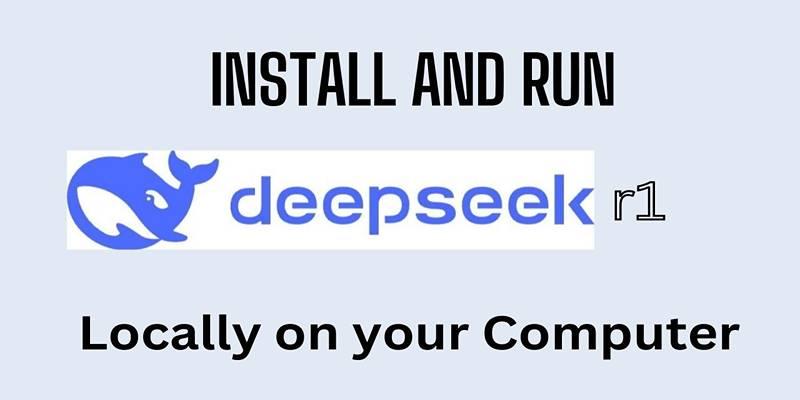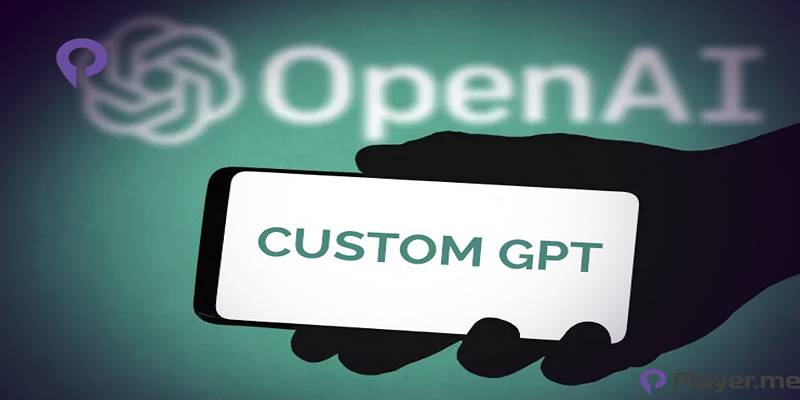Recently, local AI models are starting to get a lot of attention in the fast-paced field of artificial intelligence. While most users are familiar with cloud-based chatbots like ChatGPT, Gemini, or Claude, there's a growing interest in tools that can run directly on personal devices—without an internet connection. Among the emerging options, one stands out for being surprisingly efficient and easy to set up: DeepSeek-R1.
This local large language model (LLM) promises enhanced privacy, instant accessibility, and a responsive user experience—all without relying on cloud servers. But how does it actually perform when installed and run on a regular laptop? That’s the question this post answers. From setup to testing real-world tasks like solving math problems and debugging code, here’s a deep dive into how DeepSeek-R1 performs on a local machine.
Why Run a Local AI Model in the First Place?
Before diving into performance and results, it’s worth asking: why would someone want to run an AI chatbot locally instead of using a web-based one like ChatGPT, Claude, or Gemini?
There are several compelling reasons:
- Privacy: Local models don’t send your data to external servers, giving you full control over what stays on your device.
- Offline Access: No internet? No problem. Whether you're on a flight or in a remote location, local models are available anytime.
- Cost Savings: No need to pay for expensive cloud subscriptions or data usage.
- Speed (sometimes): For small tasks, local models can be snappy since there’s no network latency involved.
DeepSeek-R1 is one of the few models optimized for such local execution—striking a balance between performance, functionality, and hardware efficiency.
Installing DeepSeek-R1: Surprisingly Straightforward

Many assume that setting up a local LLM requires technical expertise or advanced hardware. But that’s not the case with DeepSeek-R1. The model can be launched using Ollama, a lightweight framework that allows users to run large language models on personal computers with minimal setup.
To install DeepSeek-R1:
- Download Ollama from its official website (available for macOS, Windows, and Linux).
- Install it like any other desktop application.
- Open the Terminal or Command Prompt and enter the following command:
ollama run deepseek-r1:7b
It downloads the 7B DeepSeek-R1 model and launches the chatbot locally. From there, users can type their prompts directly into the terminal. For lighter hardware, a smaller version (like 1.5B) can be used simply by modifying the command.
Performance Testing: What DeepSeek Can Handle Locally?
After setting up DeepSeek-R1 on a MacBook Air with an Apple M1 chip and 8GB of unified memory, performance tests began. While not the most powerful laptop on the market, it’s a common configuration among students, freelancers, and everyday users—making it a good benchmark for real-world performance.
1. Math Problem Solving
The first test was a basic calculus problem. A request to solve a simple integral yielded not only the correct answer but also a breakdown of the reasoning. This step-by-step explanation was a welcome surprise, showing that even a compressed 7B model could handle logical processing rather than just regurgitating memorized responses.
For educational or academic use, this capability is extremely useful. Students can work offline, checking homework or verifying solutions without needing to trust an external server with their queries.
2. Debugging Python Code
Next came a practical use case—debugging code. A Python script with an intentional error was entered, and DeepSeek-R1 responded with both corrections and a clear explanation of what went wrong.
Here’s a simplified version of the test code:
import numpy as np
from sklearn.linear_model import LinearRegression
# Training data
input_data = np.array([[1], [2], [3], [4], [5]])
output_data = np.array([3, 6, 9, 12, 15])
# Create and train the model
regressor = LinearRegression()
regressor.fit(input_data, output_data)
# Predicting new values
new_inputs = np.array([[6], [7], [8]])
predictions = regressor.predict(new_inputs)
print("Predicted outputs:", predictions)
The model quickly identified the missing imports and potential dimensional issues. While performance dipped slightly due to memory pressure—especially with an IDE and browser also open—the model still responded within seconds.
For developers who travel or work without constant internet access, this functionality is incredibly valuable. Whether debugging during a flight or prototyping in a remote location, having AI assistance offline opens new possibilities.
3. Logical Reasoning and Puzzle Solving
The Monty Hall problem, a well-known probability puzzle, was used to test DeepSeek’s reasoning skills. The model not only delivered the correct answer but also walked through the probability logic in detail.
This aspect is particularly compelling. It demonstrates that even without the full weight of a 600B+ model, DeepSeek-R1 maintains the ability to explain its thought process—a sign that it isn't simply recalling but actually reasoning.
4. Writing and General Knowledge
Basic content generation tasks like writing paragraphs, summarizing text, or drafting emails were also tested. DeepSeek handled these with competence, although it occasionally defaulted to generic responses.
Its main limitation became obvious when asked about recent events or anything requiring updated knowledge. Due to its offline nature and training cutoff, DeepSeek can’t fetch current data. It led to inaccurate or outdated responses when asked about recent products, events, or news.
While this is a natural limitation of any local-only model, it’s important to note when using DeepSeek for research or fact-checking.
5. Lightweight Use, Heavy Limitations

The experience wasn’t flawless. Multitasking with the model running caused sluggishness, especially on a laptop with 8GB RAM. At times, other applications had to be closed to free up enough memory.
Still, the fact that a full LLM—even one with 7 billion parameters—could run at all on such hardware is impressive. Users with 16GB RAM or a discrete GPU will see much better performance, but even on entry-level machines, DeepSeek remains functional for most light to moderate tasks.
Conclusion
Running DeepSeek locally is not about replacing the most advanced cloud-based LLMs. Instead, it’s about reclaiming control, gaining independence from the internet, and ensuring data privacy—all while keeping AI assistance close at hand.
For students, developers, or tech-savvy individuals, DeepSeek-R1 provides a surprisingly robust offline companion. It handles math, code, writing, and puzzles with ease—though it struggles with updated knowledge and resource-heavy tasks.











